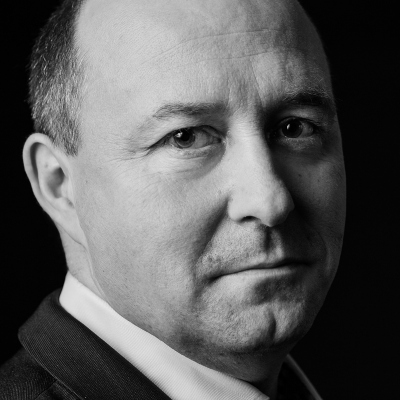The owner does not always have to pay the holder for improvements to property
An interesting ruling was issued in a case we were handling. After the independent possessor of real estate turned the property over to the owner, it demanded payment for the expenditures it had made on the property, including construction of a building on the site. But does construction always raise the value of the property?
The story began in 1988, when the Polish State Treasury expropriated land, and then a year later delivered it into the control of the local government. In 1999 the former owners applied for a ruling that the expropriation decision was invalid. Such a ruling was issued in 2004, and in 2008 the eviction order became legally final and possession of the property was delivered to the owners.
When turning over possession, the local government asserted a claim against the owners of the land for reimbursement of expenditures made on the property involving recreational facilities, planting of greenery, construction of a building, renovation and adaptation of the fire protection system (all prior to commencement in 1999 of the administrative proceeding to invalidate the expropriation decision), as well as upgrading of the thermal insulation of the building and installation of an alarm system.
The biggest problem the parties and the court struggled with in this case was determining whether the independent possessor of the land was entitled to reimbursement for investments made in constructing the building on the site. It should be pointed out that most of the building was constructed on the former owners’ land, and the rest on land belonging to the local government.
The relevant provision in this case was Civil Code Art. 226, under which a good-faith independent possessor of real estate can demand reimbursement of expenditures on the property to the extent they were not recouped in the fruits obtained from the property, and to the extent that they improved the value of the property as of the time possession was delivered to the owner.
The essence of the issue to be decided in this case was therefore to determine the nature of the expenditures made by the local government on the defendants’ property. First the court considered what types of expenditures are necessary, and concluded that this category did not include any of the expenditures made by the independent possessor of the property. For purposes of Civil Code Art. 226, necessary expenditures do not include expenditures consisting of participation in constructing a building and equipping it with various installations in order to “create” the structure. The court did find, however, that the case involved other expenditures aimed at improvement of the property, and thus increasing its value, known as “useful” expenditures.
As the plaintiff did not demonstrate that it had made “necessary” investments in the owners’ property, it could in the alternative be owed reimbursement for other expenditures (including useful expenditures) made in good faith, that is, until 1999 when it learned of commencement of the proceedings to invalidate the expropriation decision, and only to the extent that they increased the value of the property as of the time it was delivered to the owner. Investments made by the plaintiff in bad faith after 1999 could be recouped only if they were necessary and the owner was unjustly enriched at the cost of the possessor making the investment, which did not occur under the facts of this case.
Thus, considering that non-essential expenditures are subject to reimbursement only insofar as they increase the value of the property at the time of delivery to the owner, it was necessary to determine whether the value of the defendants’ property had been increased at all as a result of the expenditures made by the plaintiff, as of the time of delivery of possession in 2008. To this end, the value of the property before and after the expenditures had to be compared, assuming the values in force on the date of delivery of possession.
Three different appraisers delivered their opinions in this case, and each of them found that the useful expenditures made by the plaintiff, including construction of the building (on the border of the two plots, with the main entrance on the plaintiff’s side), did not increase the value of the real estate. This was because the defendants’ land, which had been undeveloped prior to expropriation in 1988, would have been worth more in 2008 if it had been left undeveloped than it was worth after the local government developed the property by erecting the building and making other investments.
Consequently, the claim by the local government against the current owners of the land was denied.
It is apparent that the mere fact that the possessor of real estate makes investments in the property does not necessarily mean that the investments can be recovered when the land is returned to the owner. Not every investment is necessary, and not every investment increases the value of the property, which is one of the conditions for demanding reimbursement of the expenditures.
Jan Ciećwierz, Dispute Resolution & Arbitration practice, Wardyński & Partners
